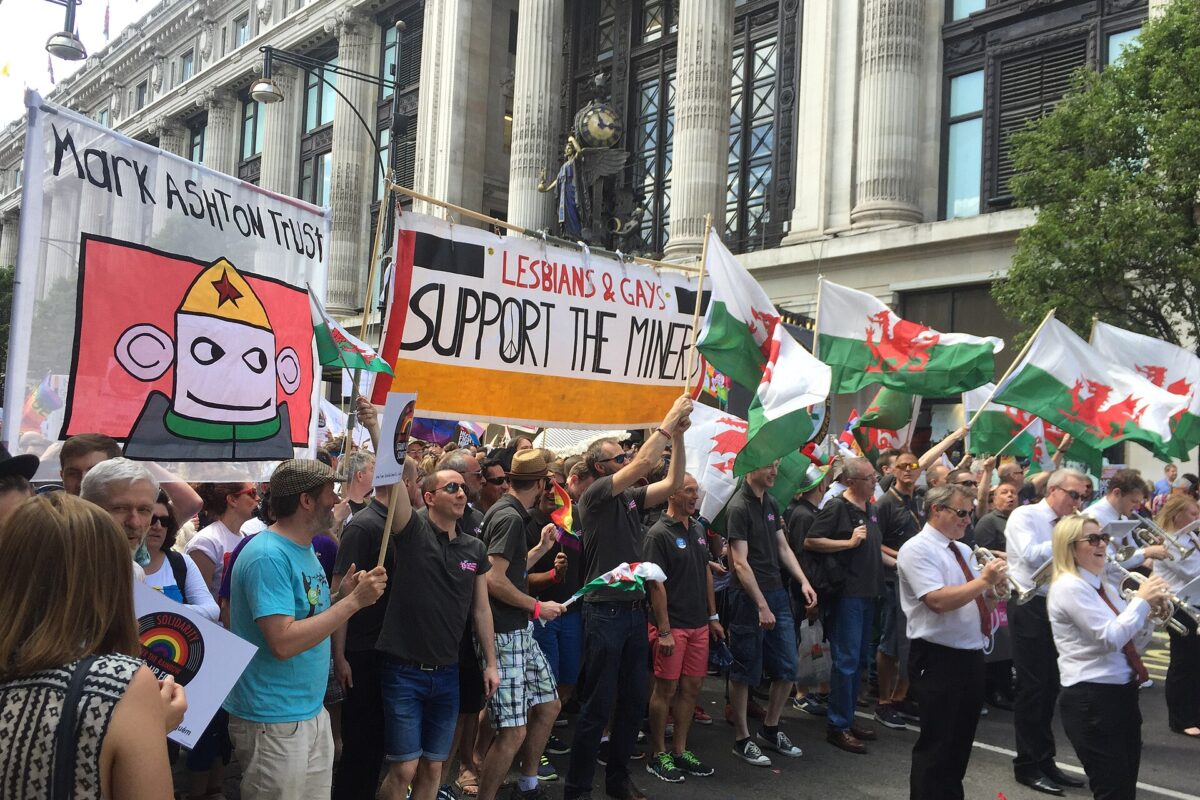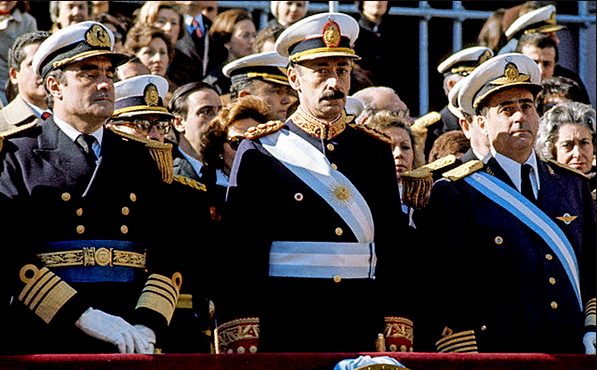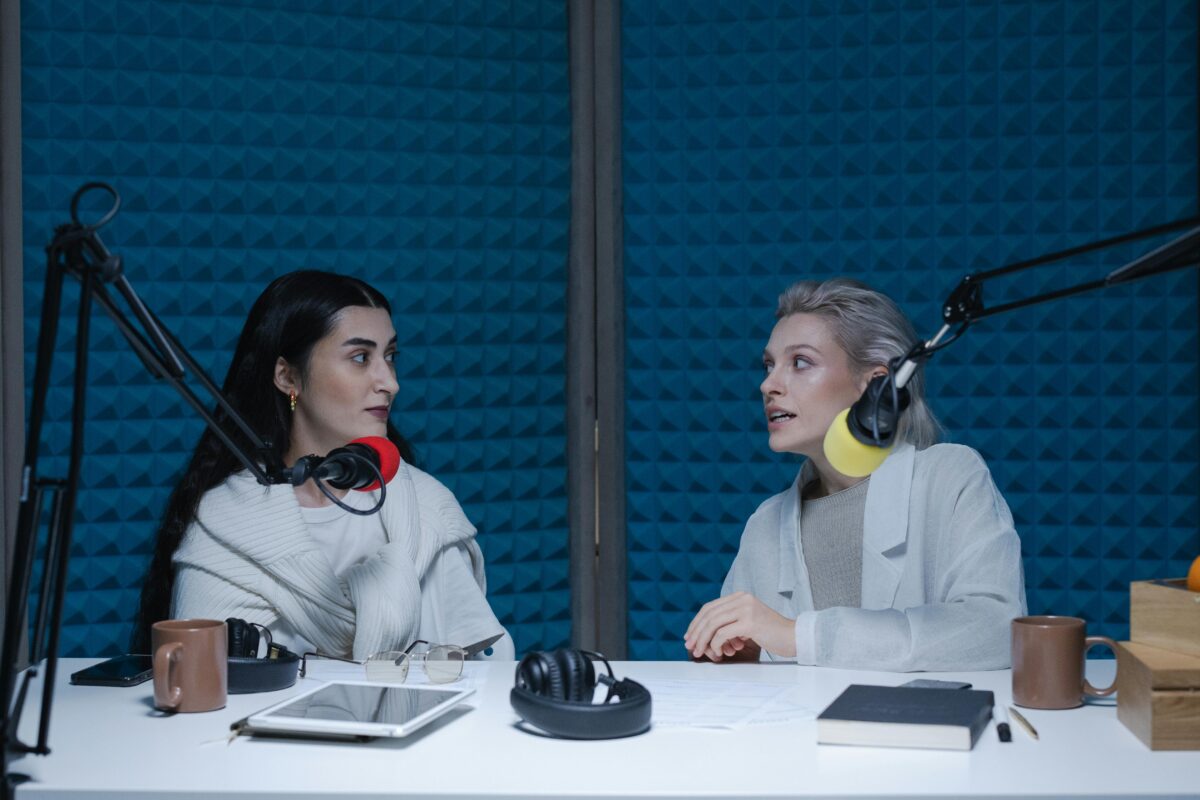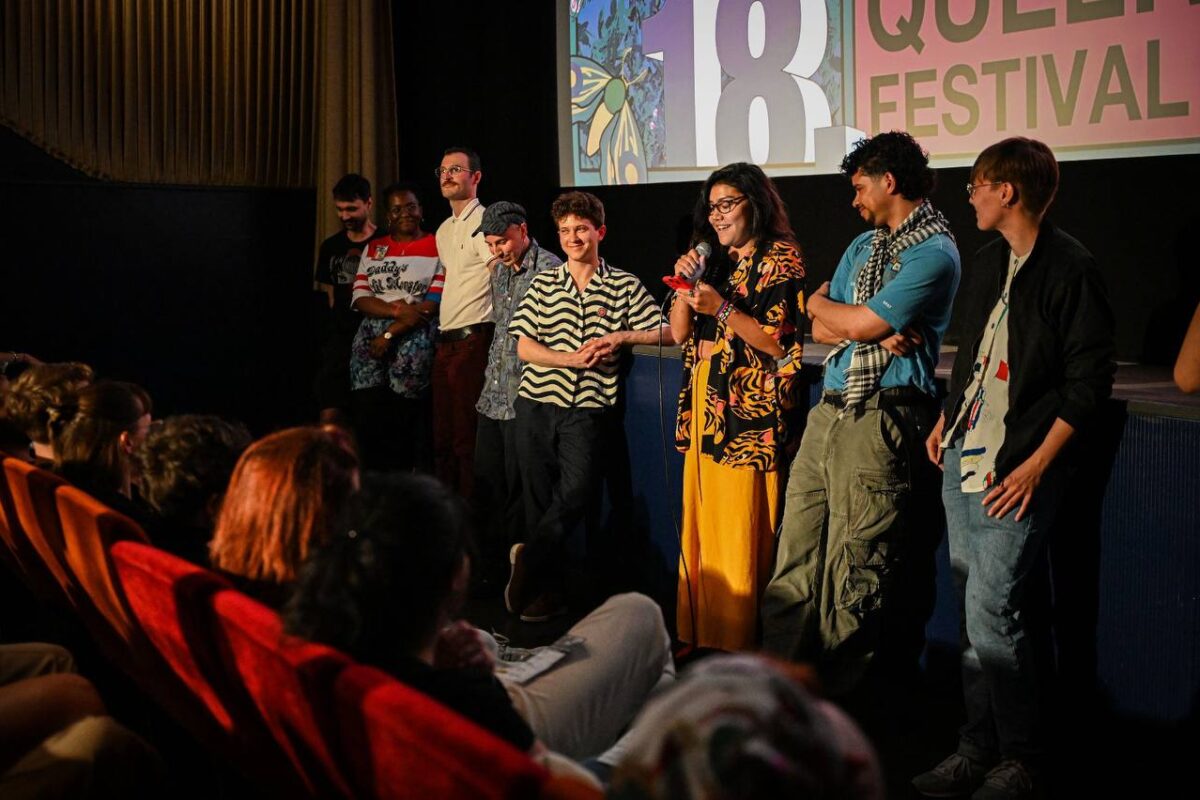Rebellious Daughters of History #7
by Judy Cox

The Art of Resistance: Käthe Kollwitz (1867-1945)
Käthe Kollwitz’s artistic work depicts war and revolution and champions the dispossessed. Käthe Schmid was born in Kaliningrad, daughter of a bricklayer. Barred from studying art in her hometown because she was a woman, she moved to Berlin and Munich to pursue her education.
There, she met radical artists and married socialist Karl Kollwitz, a medical doctor.
Kollwitz’s breakthrough work was the cycle ‘The Weavers‘, which focuses on resistance against social injustice.
Kollwitz’s second cycle ‘The Peasant War‘, went back to the German uprising of the 1520s, also centres on the rebellion of the exploited against social injustice. Peasant War includes some of Kollwitz’s greatest achievements: ‘Plowing’, ‘Raped’, ‘Sharpening the Scythe’, ‘Arming in the Vault’, ‘Outbreak’ and ‘The Prisoners’. ‘After the Battle’ depicts a mother’s night-time search through the dead, looking for her son.
Loss and grieving became a central theme in Kollwitz’s work after the death of her son, Peter, in the early days of the First World War. She conveys a profound sense of tragedy and of human responsibility to fight against death-spawning militarism and war.
In 1919, Käthe Kollwitz began work on the woodcut cycle. In ‘The Volunteers’ Kollwitz depicts her son Peter beside Death, who leads a group of young men to war in a frenzied procession. Kollwitz created a universal condemnation of such slaughter.
The assassination in January 1919 by right-wing militias of Karl Liebknecht, occasioned her famous woodcut ‘In Memoriam Karl Liebknecht‘, a moving tribute to this communist leader. In 1924, Kollwitz created her three most famous posters: ‘Germany’s Children Starving’, ‘Bread’, and ‘Never Again War’. After the Nazi rise to power, in the mid nineteen thirties, Kollwitz completed her last great cycle of eight lithographs, ‘Death.’
In 1942, her grandson Peter fell victim to Hitler’s war. This death came after that of her husband Karl, who had died of illness in 1940.
Käthe Kollwitz died on 22 April 1945, just a few days before WWII ended. Kollwitz’s images are profound indictments of the capitalist system, a system that perpetuates such terrible violence, social injustices and crimes against humanity.

Rebellious sisters: Republicanism, suffrage and socialism: Constance Gore Booth (1868-1927), later Countess Markievicz and Eva Gore Booth (1870-1926)
Constance and Eva Gore Booth were born in London to a family of wealthy Irish Protestants. In 1896 Eva met Esther Roper and they established a life-long relationship, living together in Manchester then London. Constance was presented at court to Queen Victoria in 1887. She married a Polish Count, Casimir Markievicz
In 1903 Eva and Esther established the Lancashire and Cheshire Women’s Textile and Other Workers Representation Committee. That year they also they organized a women’s suffrage petition which attracted over 30,000 signatures. Eva co-edited Women’s Labour News, aimed at uniting women workers. She was active in the Independent Labour Party.
In 1908 Eva and Constance, campaigned together against Winston Churchill in the parliamentary election in Manchester North West.
In 1909, Constance became known to British intelligence for her role in the Irish nationalist movement and a militant women’s organisation. She worked closely with the labour leaders, James Larkin and James Connolly. During the 1913 Dublin Lockout she worked tirelessly to provide food for the workers’ families.
In 1914 Eva and Esther opposed the First World War. They helped establish the Women’s Peace Crusade. Other members included Charlotte Despard, Selina Cooper, Margaret Bondfield and Ethel Snowden.
Constance helped organise and train the Irish Citizen Army. In May 1916 She took part in the Easter Rising and became the only woman to be court-martialled. In court she declared: “I did what I thought was right, and I stand by it”.
The court reached a unique verdict: ‘Guilty. Death by being shot’, but with a recommendation to mercy ‘solely and only on account of her sex’. The sentence was commuted to penal servitude for life. Eva was the leading figure who organised the successful reprieve of the death sentence passed on her sister.
Markievicz served 13 months in gaol. In the General Election, December 1918, she became the first woman ever returned to the Commons at Westminster but as a member for Sinn Féin she did not take her seat. Instead she served as Minister of Labour (April 1919-21) in the first Dail.
Eva Gore-Booth died of cancer in Hampstead on 30th June, 1926 with Esther Roper at her side. Constance died in a Dublin hospital in 1927; the working class people of the city lined the streets for her funeral.



